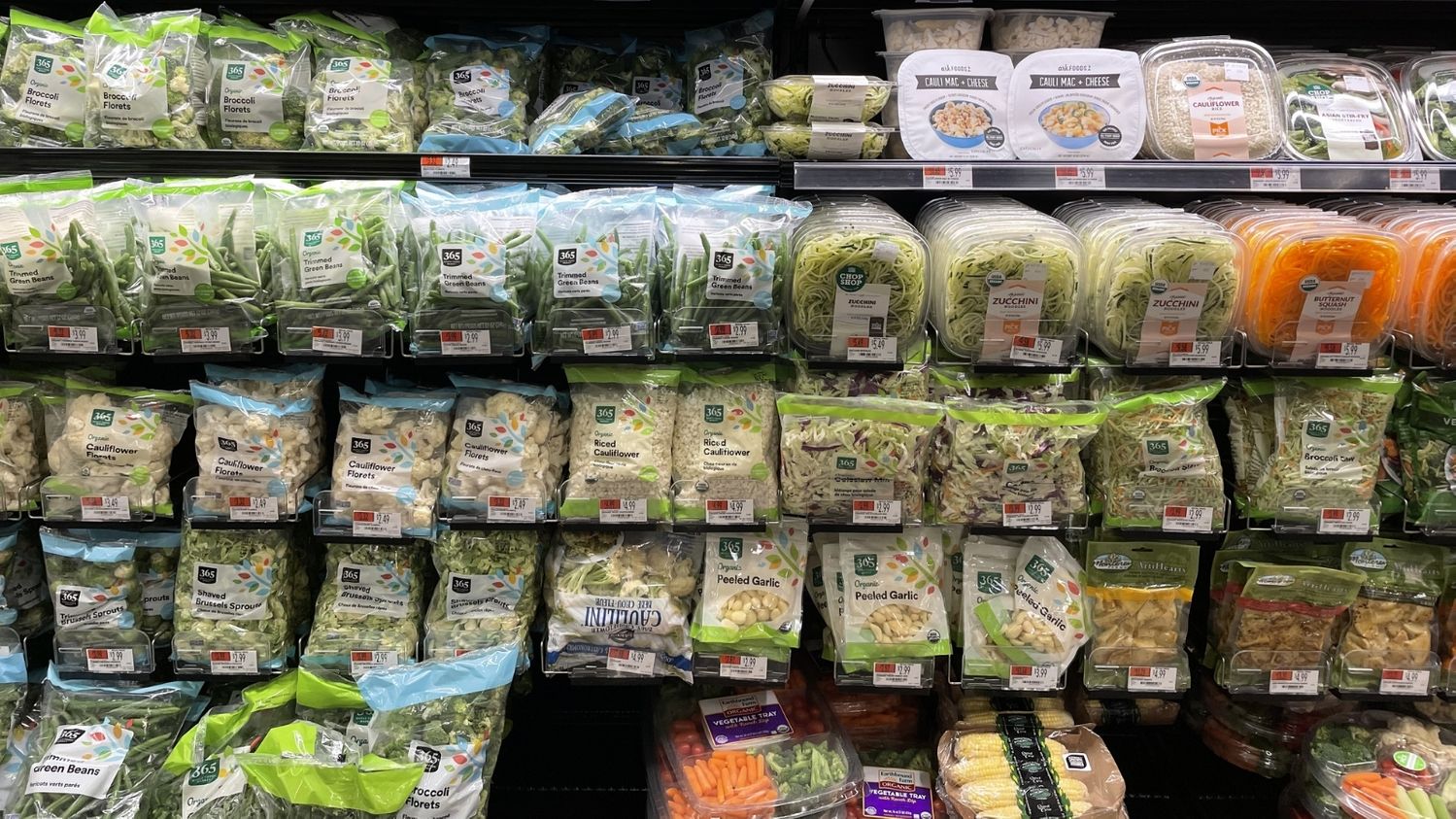
Pulp Fiction: Chemical Hazard Reduction At Pulp And Paper Mills
Across the country, pulp and paper mills, petroleum refineries, chemical plants and other industrial facilities use and store large amounts of hazardous chemicals that could be released in the event of an accident or terrorist attack. Releases at these chemical facilities could endanger thousands or even millions of people working and living in nearby communities. According to the Environmental Protection Agency (EPA), more than 100 facilities each would endanger at least one million people in a worst-case chemical release. Another 3,000 facilities each would endanger at least 10,000 people or more.
Downloads
Environment America
Executive Summary
Environment America is the new home of U.S. PIRG’s environmental work.
Across the country, pulp and paper mills, petroleum refineries, chemical plants and other industrial facilities use and store large amounts of hazardous chemicals that could be released in the event of an accident or terrorist attack. Releases at these chemical facilities could endanger thousands or even millions of people working and living in nearby communities. According to the Environmental Protection Agency (EPA), more than 100 facilities each would endanger at least one million people in a worst-case chemical release. Another 3,000 facilities each would endanger at least 10,000 people or more.
Many of these chemical facilities can eliminate the health and safety risks they pose to local communities. Chemical facilities often have multiple options for their production processes, and some of these options are inherently safer than others. Facilities that reduce or eliminate the use of hazardous chemicals, or that make changes to storage pressure or other processes, can remove the potential of a hazardous chemical release, making the facilities inherently safer and less appealing targets for terrorists.
Pulp and paper mills stand as a salient example of chemical facilities that can implement readily available safer alternatives to eliminate or reduce unnecessary risks to workers and local communities in the event of an accidental or deliberate chemical release.
Chlorine and chlorine dioxide are used as bleaching agents in many pulp and paper-making processes. The dominant industry processes are the elemental chlorine (EC) process, which relies on chlorine gas, or the elemental chlorine-free (ECF) process, which uses chlorine dioxide, a gas with hazards similar to chlorine.
In the event of an accidental or deliberate release, chlorine and chlorine dioxide present serious hazards. Chlorine, used as a chemical weapon, is highly toxic and corrosive. It irritates the mucous membranes of the nose, throat, and lungs, and causes breathing difficulties, violent coughing, acute tracheobronchitis, and chemical pneumonia. Exposure to relatively low levels of chlorine can be fatal. Similarly, chlorine dioxide causes shortness of breath, bronchitis, and emphysema. Acute exposure can cause potentially fatal pulmonary edema.
To estimate the number of Americans at risk of injury or death in the event of a chlorine or chlorine dioxide release at a pulp and paper mill, we examined Risk Management Plans submitted to EPA by the owners or operators of each facility. These plans, legally required under the Clean Air Act, estimate the distance that an extremely hazardous chemical could travel off-site in the event of a release, and the number of people living in the affected area or “vulnerability zone.” This data analysis revealed that pulp and paper mills that continue to rely on chlorine or chlorine dioxide endanger millions of people.
Key findings include:
- In the United States, 16 pulp and paper mills still use chlorine and 58 use chlorine dioxide in their processing or store it on-site.
- These 74 facilities use and store almost 4 million pounds of chlorine and chlorine dioxide, endangering 5.7 million people living in 23 different states.
- The states with the most pulp and paper mills using or storing chlorine and chlorine dioxide include Alabama with seven, Florida and Georgia with six, and Louisiana, Maine, and South Carolina with five each.
- In Ohio, two pulp and paper mills place a total of almost 1.3 million people at risk. In Tennessee, three pulp and paper mills endanger a total of 730,000 people. Pulp and paper mills that continue to rely on chlorine and chlorine dioxide endanger at least 400,000 people in Florida, Louisiana, South Carolina, and Washington.
- A single pulp and paper facility that uses or stores chlorine or chlorine dioxide can endanger a large number of people. In Ohio, a single facility places 1.2 million people at risk in a worst-case chemical release; in Tennessee, a single facility endangers more than 600,000 people.
The pulp and paper industry has readily available safer alternatives to chlorine and chlorine dioxide bleaching that can reduce or eliminate these risks. The most commonly used chlorine-free bleaching process, typically called a totally chlorine-free (TCF) process, is oxygen based and uses either hydrogen peroxide or ozone. TCF bleaching protects worker and community health and safety by eliminating the presence of chlorine, chlorine dioxide, and highly toxic chlorinated byproducts, such as dioxins and furans. Another equally safe technology is processed chlorine-free bleaching (PCF), which also eliminates the need for chlorine and chlorine dioxide. TCF material originates from virgin pulp, whereas the PCF process uses recycled material.
Despite the safety and environmental benefits associated with chlorine-free bleaching, most pulp and paper mills have not switched to these safer and more secure technologies.
In order to adequately address the recognized safety and security threats created by facilities using and storing dangerous chemicals, the United States needs a comprehensive policy dedicated to making its pulp and paper mills—and all chemical plants—safer. This policy should:
- Eliminate or reduce the use of highly toxic chemicals by switching to safer technologies where feasible. Safer technologies are the most effective way to secure facilities and to protect workers and communities in the event of a deliberate or accidental chemical release. Pulp and paper mills can eliminate or significantly reduce the use of chlorine and chlorine dioxide by implementing readily available safer alternatives.
- Maintain and expand public access to basic information about chemical use and hazards at individual facilities. In order to evaluate, understand, and respond to potential chemical threats, workers and communities must have access to information about the use, storage, and release of hazardous chemicals.
- Preserve the ability of states and localities to address chemical facility safety and security. Threats at chemical facilities vary by community and state. Confronting these threats requires collaboration between local, state, and federal officials. In order to promote effective collaboration, states and localities must be allowed to establish safety and security programs that are more protective than federal requirements. In the absence of a comprehensive and permanent federal program, states including Maryland, New Jersey, New York, and North Carolina already have adopted measures to improve chemical security and safety within their borders.
By adopting safer technologies, chemical facilities can achieve a number of benefits. For example:
- Safety and security reliability. Hazard reduction makes chemical and industrial processes inherently safer by reducing or eliminating the use of highly toxic, volatile, or flammable chemicals or by limiting the quantity of these substances used or stored on-site. From a security perspective, eliminating the source of the threat can make facilities less attractive targets for terrorists.
- Improved environmental performance. In addition to safety and security benefits, safer technologies also can improve environmental performance at chemical facilities. Using hazardous chemicals in production and manufacturing processes often results in toxic byproducts or pollution. For example, chlorine-based pulp and paper bleaching processes generate dioxins and furans. Chlorine-free technologies eliminate these toxic pollutants by taking chlorine out of the equation.
- Operating cost savings. Although switching to safer technologies may require an initial capital investment, these technologies can offset recurring operating costs. For example, pulp and paper mills that eliminate the use of chlorine or chlorine dioxide can achieve significant cost savings associated with pollution control, workplace safety requirements, emergency response, employee training, security costs, and safety equipment. In the long-term, avoiding or reducing these annually recurring costs can save facilities money.
Topics
Find Out More


Sustainable Shopping

10 steps Whole Foods can immediately take to reduce single-use plastic



